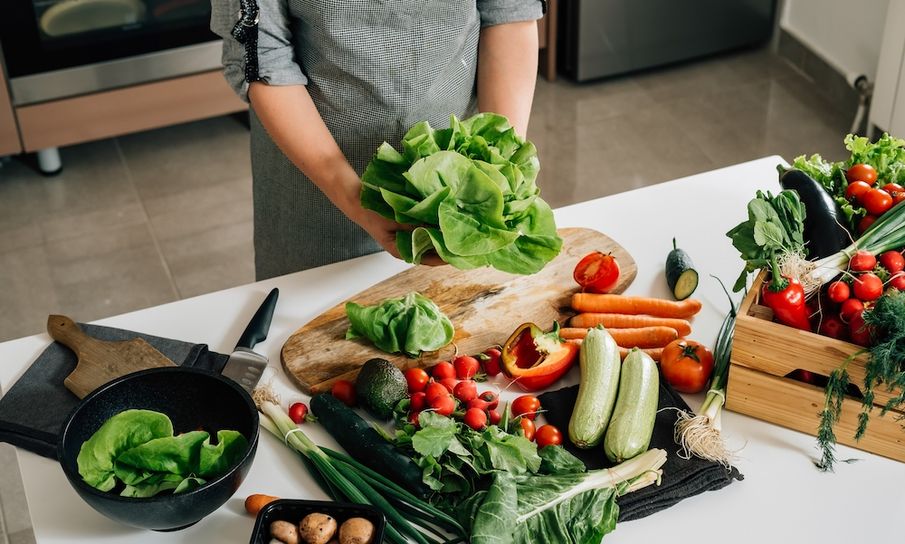
What it really means to 'eat the rainbow'
Scroll DownWe’ve all heard of ‘rainbow foods’, but where does this concept come from, and how can it help our health and wellbeing? Jenna Farmer asks the experts to uncover why a multi-coloured diet may actually be the key to our wellbeing
Ask any nutritional expert their tips to eat better, and the phrase ‘eat a rainbow’ will often come top of the list. Turns out there’s a reason why eating your red, blue, green, yellow, orange, and purple foods is a great idea – and no, we’re not talking about grabbing some Skittles on your way to work.
Instead, we want to shout about the naturally occurring pigments in fruit and vegetables that make them nutrient-packed. Eating a range of vegetables with different colour pigments (such as red peppers and orange carrots) has been associated with a variety of positive health outcomes – with a 2022 study in the journal Molecules reporting it can impact inflammation levels, as well as lowering the risk of cardiovascular disease, and even cancer. While all fruit and vegetable intake was found to be good for you, the study found that there were unique benefits in the bioactive pigments we find in rainbow foods.
“By eating a rainbow, you are getting a variety of colour in your diet, thus giving your body a spectrum of vitamins, minerals, and phytochemicals to benefit your health,” says nutritional therapist Sonal Jenkins. “Phytochemicals are bioactive compounds naturally present in plant-based foods, which have antioxidant properties, lower inflammation in the body, and protect cells from getting diseases.”
Let’s take a look at the rainbow of fruits and vegetables, and what makes them so special.
The colour: red
Find it in: red peppers, beetroots, tomatoes, strawberries, and red cabbage.
What’s the benefit? From adding tomatoes to your salad, to strawberries in your morning porridge, red fruits and vegetables are packed with health benefits. “These contain heart-friendly nutrients, supporting circulation, and also anti-inflammatory benefits that may help arthritis-type conditions,” says Sonal Jenkins.
Tomatoes are also rich in lycopene, which has been shown to reduce the risk of chronic conditions, while beetroots contain the pigment betalain, which, as found in a 2021 study published in Food Science & Nutrition, has been shown to eliminate oxidative stress in the body.
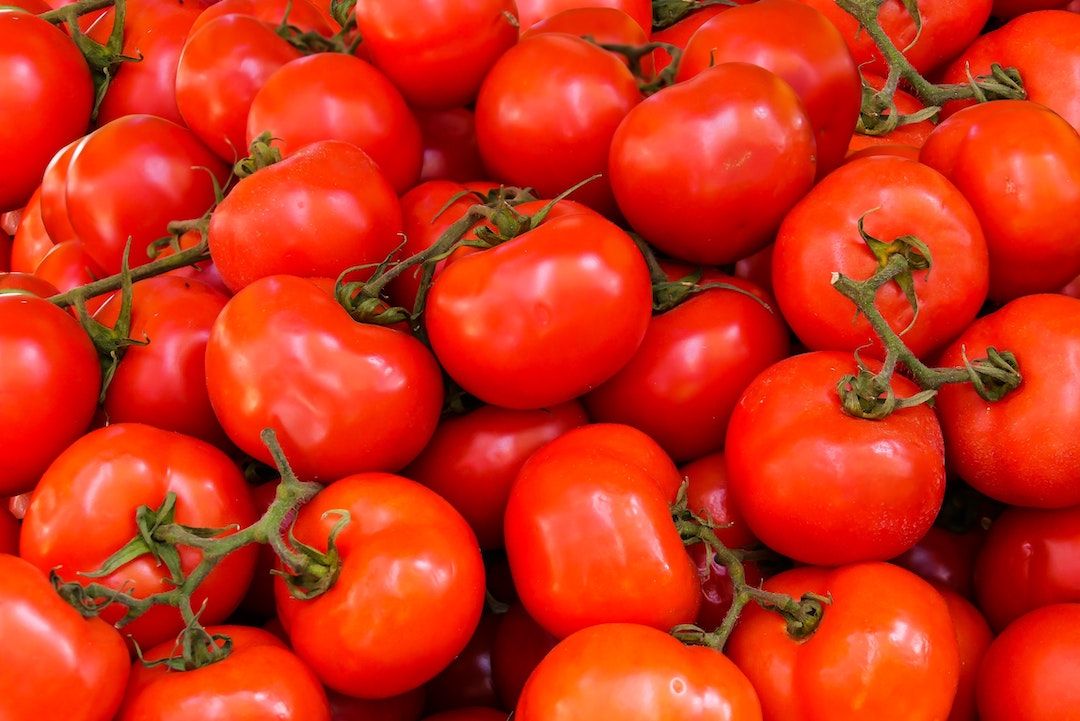
The colours: blue and purple
Find them in: blueberries, aubergines, plums, and grapes.
What’s the benefit? What many blue and purple fruits and veggies have in common is that they contain anthocyanins, a pretty special antioxidant that gives them their unique colour, and comes with tons of health benefits. For example, studies in recent years, such as one in Redox Biology, have found they help reduce inflammation, and another in the European Journal of Clinical Nutrition reported they reduce your diabetes risk.
“These foods contain vitamin C and other vitamins and minerals that are anti-inflammatory, improve brain function, and keep the cardiovascular system healthy,” Sonal adds.
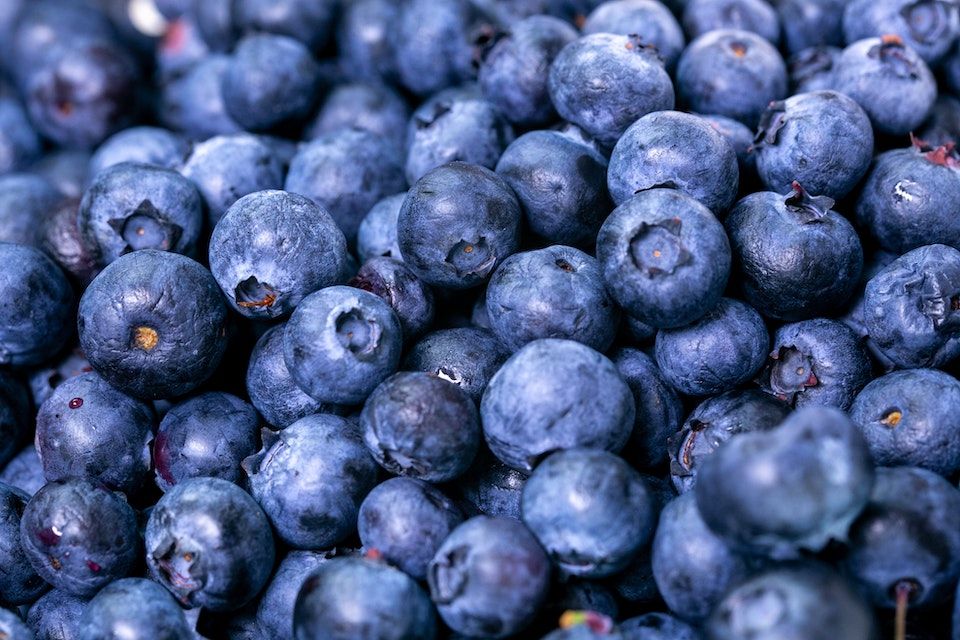
The colour: green
Find it in: broccoli, lettuce, kale, spinach, and green beans.
What’s the benefit? Many of these are rich in a pigment called chlorophyll (especially dark leafy greens), which is also a powerful antioxidant.
“Green fruit and vegetables mainly contain: folate, iron, vitamin C, magnesium, fibre, and lutein,” says Sonal. But they can help all different parts of our body too. “They’re great for the red blood cells, gut, liver health, eyesight and immunity,” she adds.

The colour: yellow
Find it in: bananas, yellow peppers, mangos, and lemons.
What’s the benefit? “Yellow foods contain vitamins, minerals, and the phytochemical family of carotenoids like beta-carotene, which protects against certain cancers and keeps vision, hair and skin healthy. They also help your immune system defences,” adds Sonal. Plus, bananas are a great source of potassium, an important mineral which is vital for helping blood pressure management and heart health.
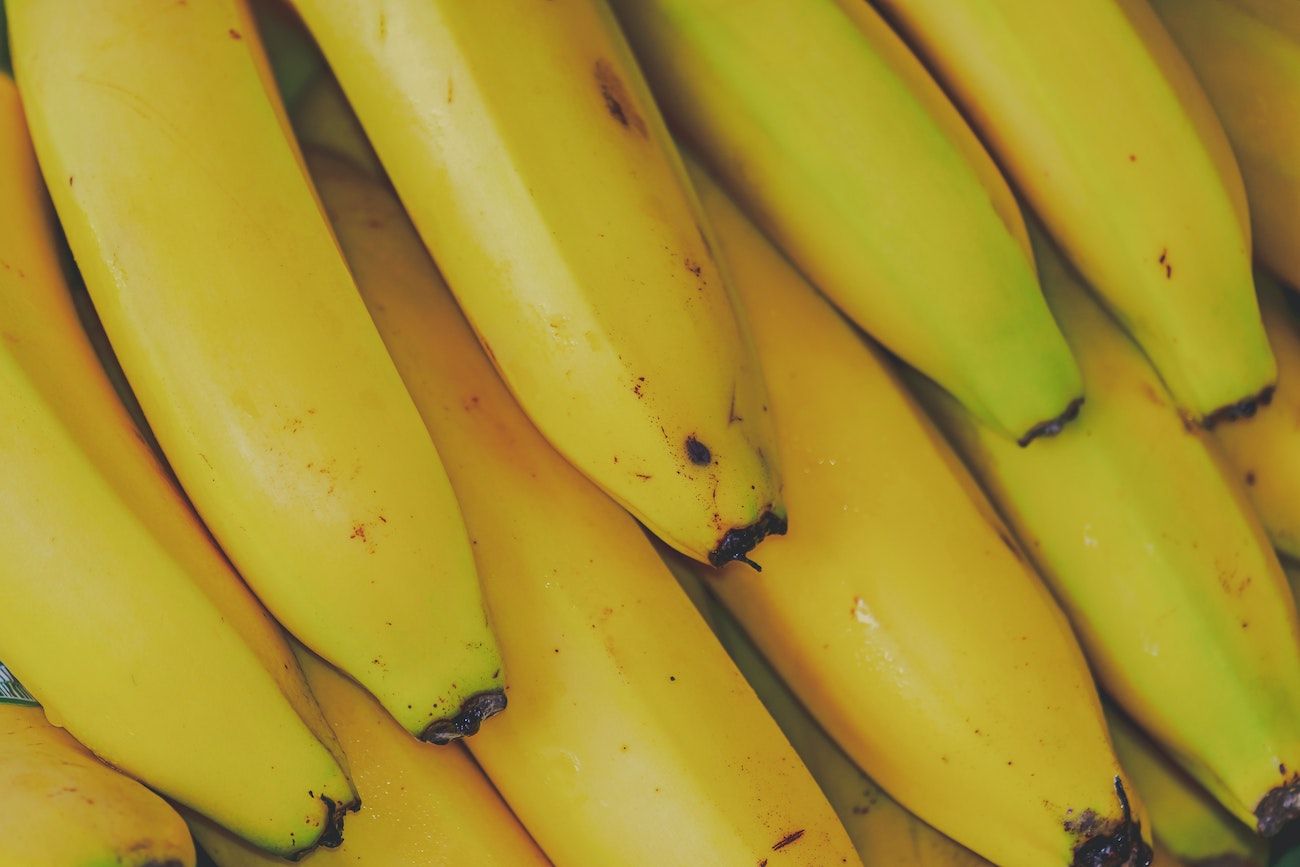
The colour: orange
Find it in: oranges, orange peppers, and carrots.
What’s the benefit? Beta-carotene is also found in orange fruit and vegetables, too! Ever wondered if it’s true that carrots can make you see in the dark? Well, it’s all to do with this orange veggie being rich in beta-carotene, which our body then converts into vitamin A, which is pretty vital for eye health. Night blindness is actually a symptom of vitamin A deficiency (which is where the myth comes from); so while we can’t promise tucking into a carrot before bed will help you suddenly see in the dark, they are a great addition to your diet for this reason alone.
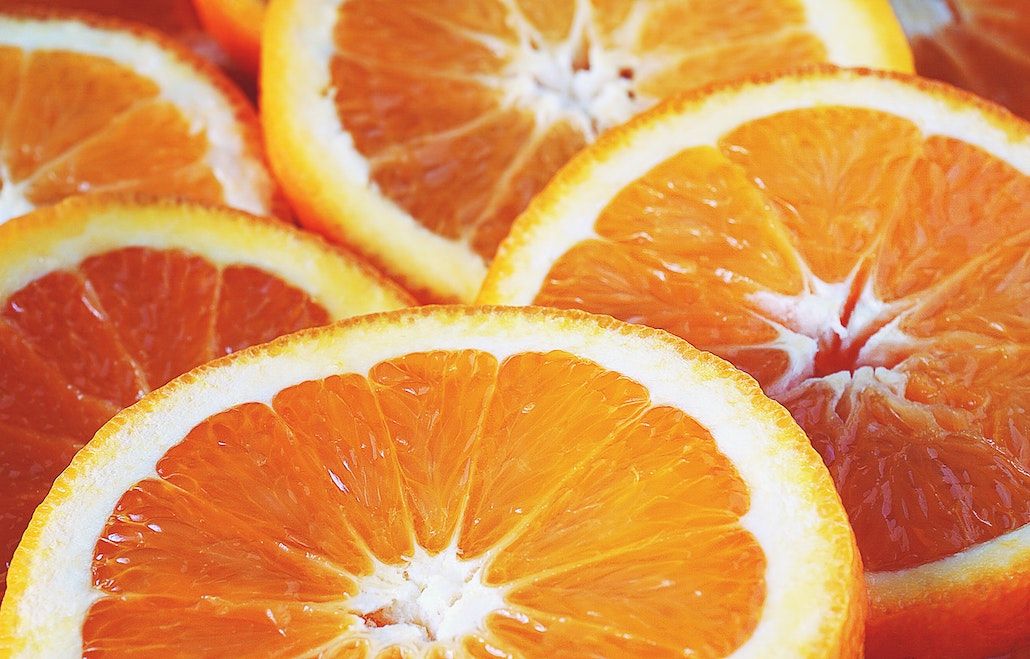
The colours: white and brown
Find them in: cauliflower, garlic, onions, mushrooms, ginger, and brown seaweed.
The benefits: Yes, we know this isn’t a ‘rainbow’ colour, but nutritionist Sonal Jenkins advises to not neglect this colour of vegetables, too!
“These are good for gut health, promoting healthy bacteria due to the fibres they contain. Mushrooms contain beta gluons, which have immune-boosting properties. Seaweed contains iodine, which is mineral rich and good for the thyroid,” she adds.
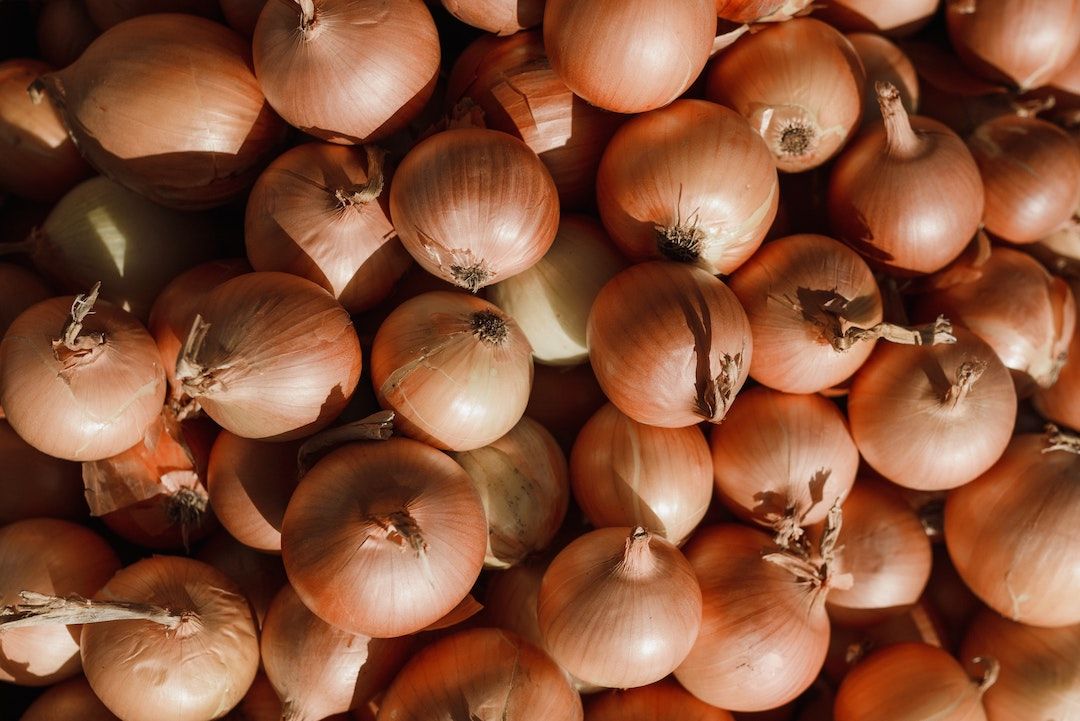
It seems that eating a range of coloured fruit and veg can have a real impact on our diet, but what’s the best way to go about it? Don’t worry – you don’t need to rush out and pack your trolley with exotic fruit and vegetables all at once.
“The way to achieve a rainbow diet may be to rotate and select different fruits and vegetables weekly. The brightly pigmented fruits and vegetables will naturally have more nutrients. Instead of going for white potatoes each time, change it up by having sweet potatoes. One week, instead of an apple and banana, go for a plum and some blueberries,” explains Sonal.
While all fruit and vegetables are a great addition to your diet, with some quick planning and simple food swaps, you too can eat a rainbow and enjoy all the delicious benefits these foods bring.

Comments